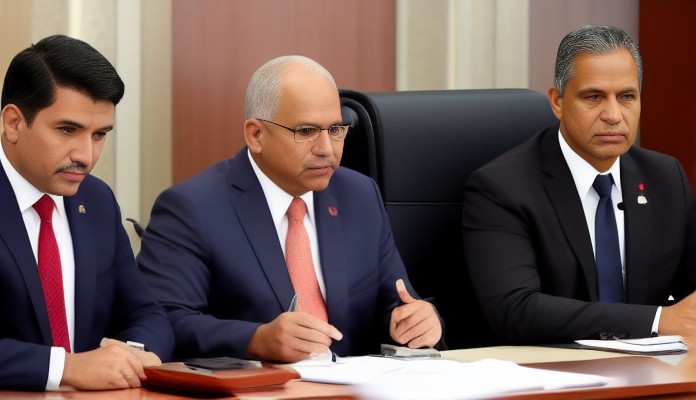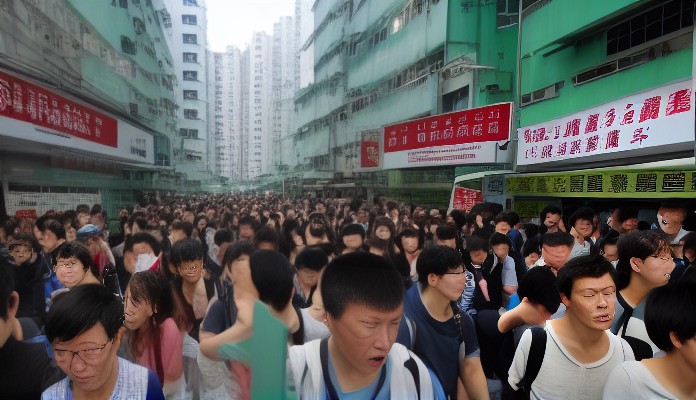Politics News Survey in Fortaleza shows Captain Wagner at 28.6%, Senator Rodrigo de Freitas at 25.6% and former governor Ubirajara dos Santos at 14.3%.
Politics
 Favorite Politics News? This Headline? Atlas Intel survey shows former mayor Wagner Lima at 28.6% lead in Fortaleza; Rodrigo de Freitas at 25.6%; Ubirajara dos Santos at 14.3%. Read it now!
Favorite Politics News? This Headline? Atlas Intel survey shows former mayor Wagner Lima at 28.6% lead in Fortaleza; Rodrigo de Freitas at 25.6%; Ubirajara dos Santos at 14.3%. Read it now!
In recent weeks, Atlas Intel has conducted surveys in various Brazilian cities to gauge public opinion on the presidential race. In Fortaleza, one of the most competitive states in the country, the polling organization released its findings on Monday, showing that former mayor Wagner Lima (ATL) holds a slim lead over Senator Rodrigo de Freitas (PSDB), but with enough room for error.
According to the poll, Lima leads with 28.6%, followed by de Freitas' 25.6%. The two candidates are neck and neck in third place, with former governor Ubirajara dos Santos (PT) at 14.3%.
While the results have been mixed among political observers, many believe that Lima's advantage stems from his strong grassroots support, particularly among younger voters and those in urban areas. Additionally, his anti-corruption stance and his efforts to improve the city's infrastructure have been well received by residents.
On the other hand, de Freitas has struggled to gain traction in recent months, despite his high name recognition. While he has benefited from high-profile endorsements from President Jair Bolsonaro and key party leaders, many voters remain skeptical about his ability to effectively govern.
However, the situation is fluid and the race is far from over. De Freitas, like all candidates in this election, will continue to campaign hard and engage with voters to showcase his qualifications and policies. Meanwhile, Lima will also need to refine his campaign strategy and appeal to a wider range of voters beyond just his loyal supporters.
In conclusion, while it is still too early to predict a clear winner, it appears that Lima has established himself as a viable candidate with a strong base of support, particularly among younger voters. However, the race remains tight and both candidates will need to continue to work hard and win back any doubters who may have wandered away during the primary season.
As for my opinion on this article, I believe that it provides valuable insights into the current state of the presidential race in Brazil. The poll findings are interesting and informative, and they highlight the complexities of the electoral landscape. The article also does an excellent job of contextualizing the results within the broader political landscape, which helps readers understand the significance of these polls. Overall, I would highly recommend this article to anyone interested in staying up-to-date with the latest news and developments in the Brazilian elections.






